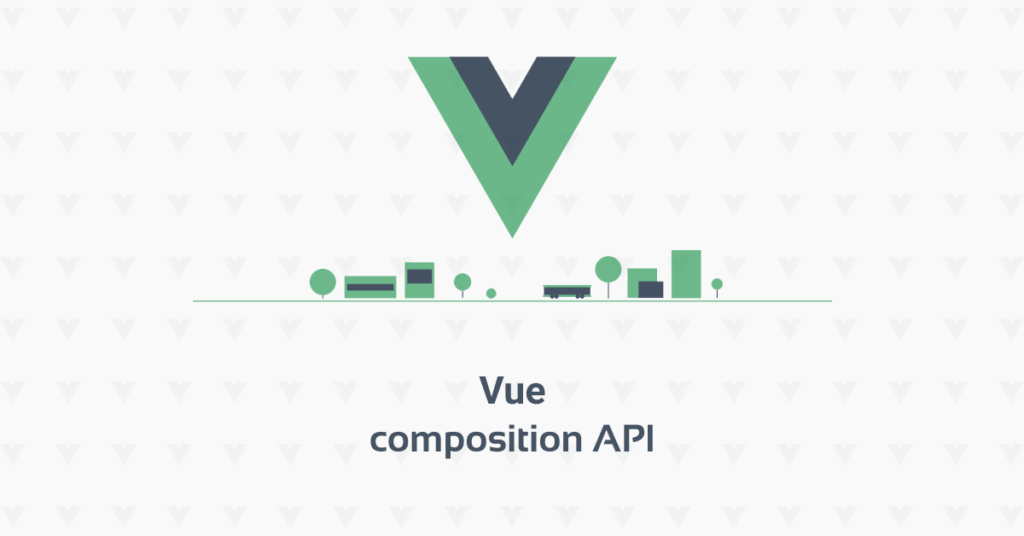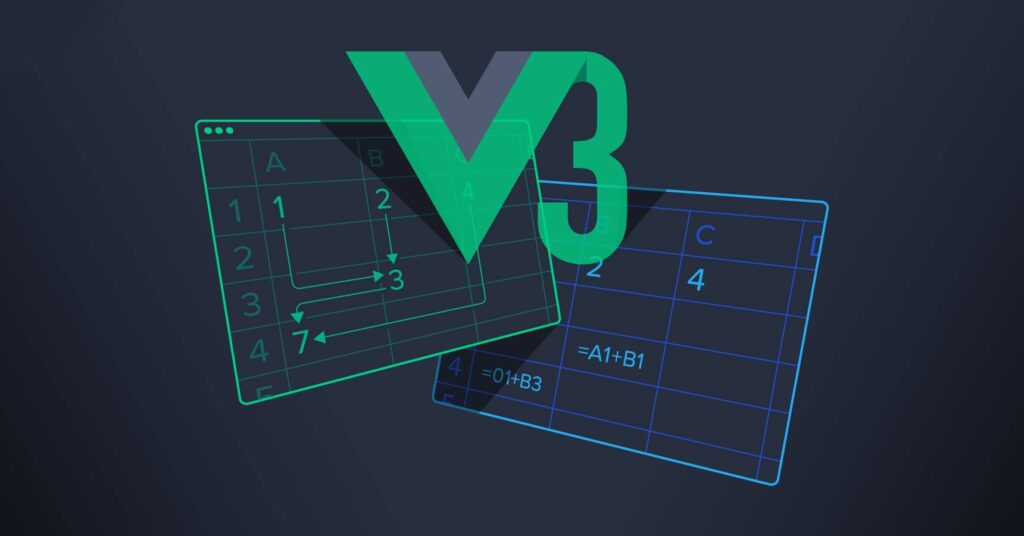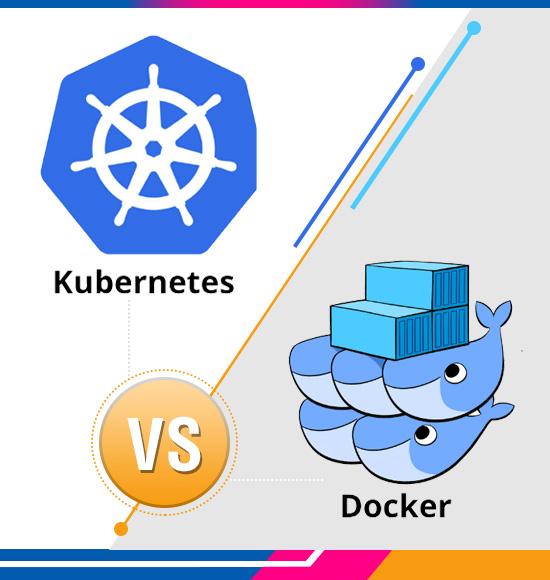Top Features of the Latest Version of Vue.js Framework
The latest version of Vue.js framework was released on September 18, 2021. This Vue.js 3.0 is a result of months of planning and efforts. This planned upgrade of the Javascript framework is utilized for building a web user interface. Likewise, this novel version of Vue.js has etched its place in the market as well in the hearts of many developers. Let us see through this article in brief, what were the initial expectations of the Vue.js developers and if the latest version stands up to their standards.
Vue.js 3.0 Features

In the past few years, there have been changes in the landscape of Vuejs framework development. Its community has evolved from a small upstart to a fully-fledged SPA library. With version 3.0 on the brim of Vue.js framework, the team of developers has provided few supports to augment the library, simplify coding on Vue, and adopt modern techniques of web development.
Let us dive into the technicalities of the latest version of Vue.js framework.
Composition API

The components included in Vue.js framework version 2.0 were created with the object-based options API. One of the novel features of the latest version of Vue.js framework is that it has added a set of function-based APIs that are called Composition API. These APIs have been added to confront issues faced by Vue.js 2.0 for large projects.
The composition API is the root cause of controversy for the Vue community. It can be seen as a novel way of developing components. The composition API need not be installed like a plug-in like before. Instead, it can be used without any additional setup as it is built-in within the package.
The community of Vue.js Developers formulated a composition API to enhance the quality of the code by enabling decoupling features of the logic. In contrast to Vue.js framework version, where developers rely on extending the object and then sharing logic, Vue.js framework version 3.0 enables sharing features via standard JavaScript/TypeScript patterns instead of inventive novel ones. This facilitates seeing the new features as they get added. Additionally, the Composition API makes it easier for the types to infer, which supports the typescript in a better way.
Vue.js version 3.0 allows Vue.js developers to build components along with allowing the new API to co-exist with the Options API, without replacing it. Composition API equips Vue.js developers with more flexible code organization and logic reuse capabilities along with other improvements. With Composition API, Vue.js developers can easily read the codes and organize the code in a better way.
Enhanced TypeScript Support
With the coming of Composition API, the internal functions of Vue.js framework are used as expected in javascript, which allows for much better TypeScript support. It results in enhanced type inferences with bindings returned from setup along with props declaration used to infer types.
TypeScript assists in enhancing the maintainability of the Vue codebase and makes it easier for Vue.js developers to contribute. TypeScript is the most popular and frequent choice for large projects. Having Vue.js framework version 3.0 internals in TypeScript assists in benefiting fully from Vue’s TypeScript with the usual code support available in modern IDEs such as Visual Studio Code, or WebStorm. Since TypeScript’s Vue code is 90% JavaScript, The users of JavaScript also benefit from code intelligence features with contemporary IDEs.
Reactivity

In Vue.js framework version 2.0, the reactivity worked in a secretive way and it wasn’t exposed to the developer. The hidden details added to the confusion more than they should have. The latest Vue.js framework came to the rescue by supporting many ways of wrapping objects to ensure that they are reactive. Now, they can be wrapped with a ref function for scalar types. This assists in reading and writing the property directly with .value.
Multiple Root Elements
Earlier in Vue.js framework version 2.0, the template tag could take only one root element. Even just two <p> tags, need to be enclosed within a <div> tag for it to work. With the latest version of Vue.js framework, this restriction of having a root element is absent. The template syntax is valued by the segments of the Vue community that go well with HTML and CSS. These templates offer performance optimizations when compiling into optimized render functions to fully exploit a data structure for different purposes. A template keeps track of parts and their dependencies by bifurcating static nodes from dynamic nodes in a specified data structure. While creating a template, the code utilized in Vue.js framework version 2.0 is similar to Vue.js 3.0. Vue.js support for fragments is useful as it renders components in a list to remove unnecessary wrapper div elements.
Multiple V-Models
V-model is a directive that is utilized for two-way binding on a given component. It is largely utilized with form elements and custom components. However, Vue.js developers often wonder, How should they use V-Models in every component.
It can be modified from the inside of a component by passing a reactive property and listening to input events under the hood. A V-model directive can assist in syntactic suger for a two-way binding in components. However, Vue.js developers can only have one V-Model per component. This is one of the most attractive features of Vue.js Framework version 3.0. It allows developers to provide v-model properties names without any restrictions, unlike the Vue.js framework version 2.0.
The latest version of Vue.js framework will be available as long-term support and will get security updates for 18 months. For the beta version, there is a migration guide. However, there will be a compatibility build for Vue.js framework version 3.0. A command-line migration tool will enable Vue.js developers to automatically migrate as far as possible and notify where there is a need to upgrade manually.
Looking at the impressive features of Vue.js Framework version 3.0, there are tons of expectations of Vue.js developers. Over the years, the community of Vue.js approved and developed this javascript framework. In fact, the community worked hard to satisfy other developers by serving their distinct needs. In reality, the growth of the Vue.js framework, and the community has led to the diversification of the framework. Hence this led to the development of more and more Vue.js development companies like Copperchips.
We at Copperchips, a custom software development company, observe the development of Vue.js framework and thus deal with it. Copperchips contains beginners to back-end engineers and is surely a cost-efficient solution for clients looking for a highly effective digital solution.




